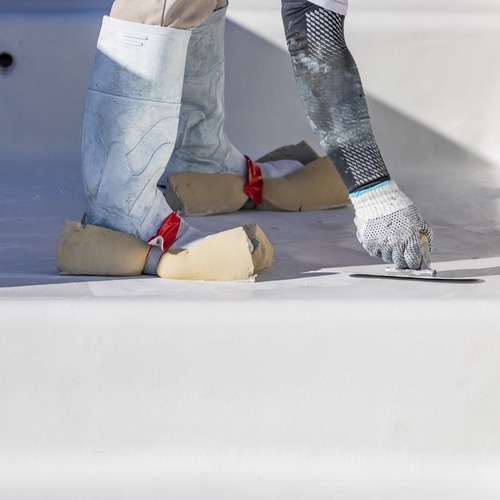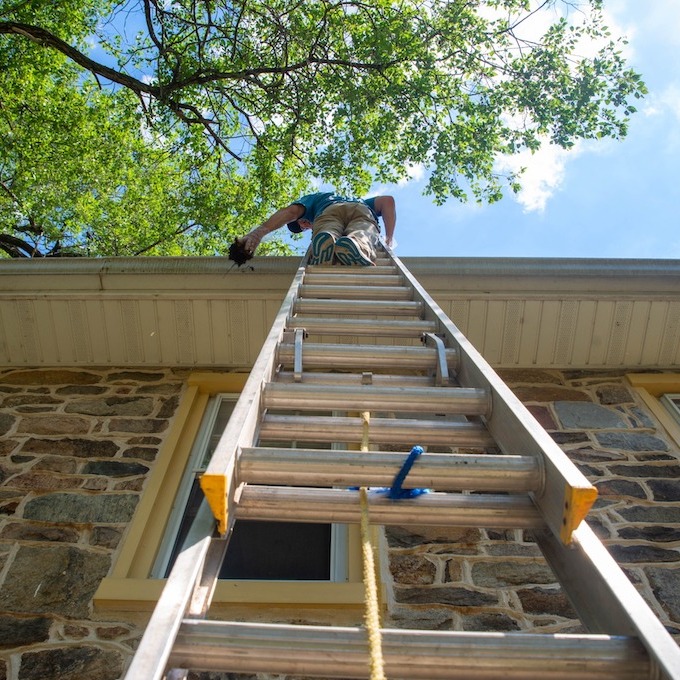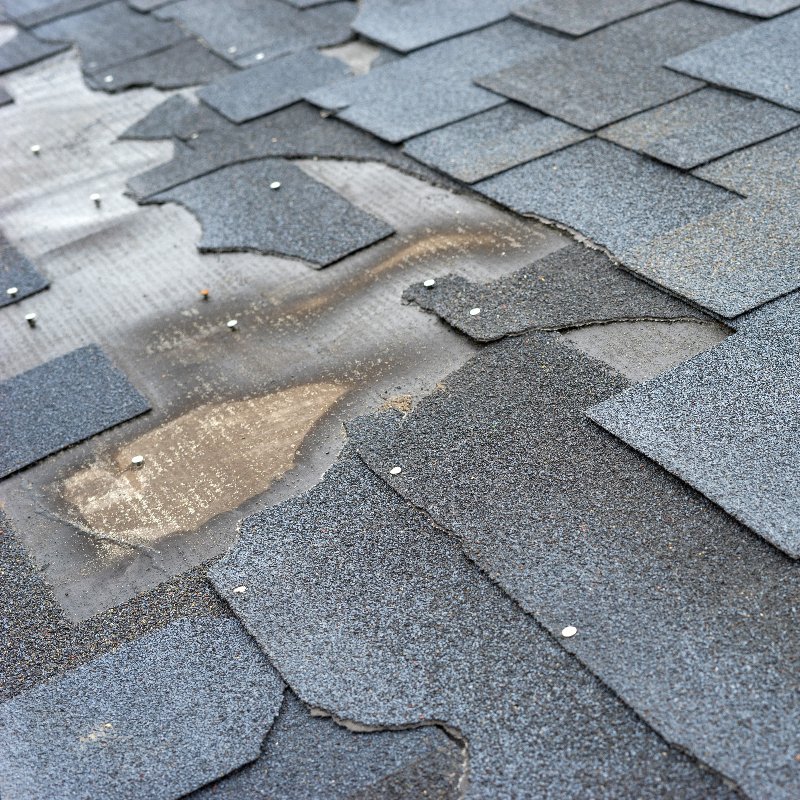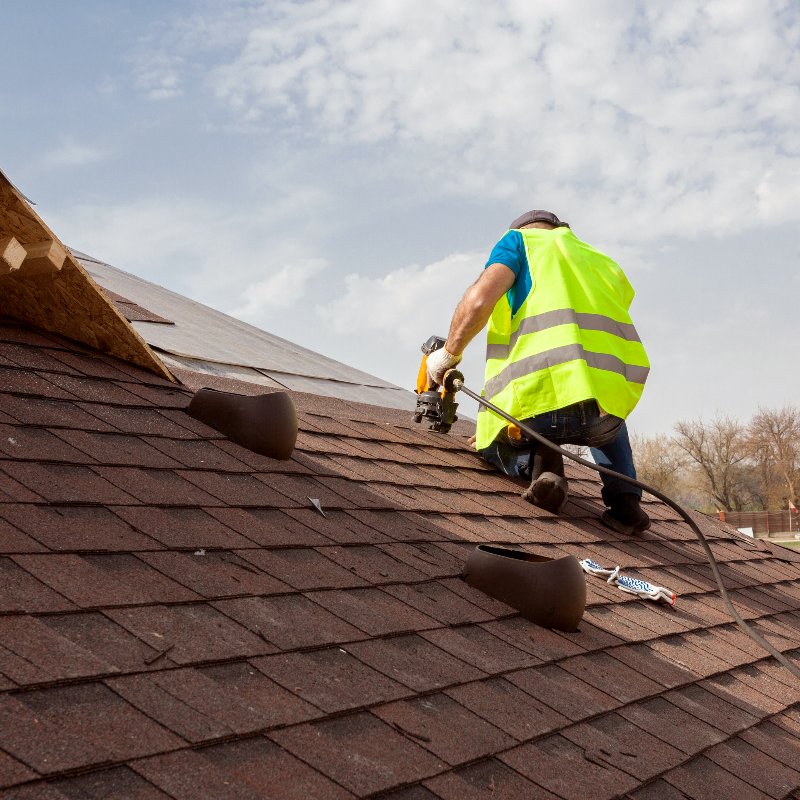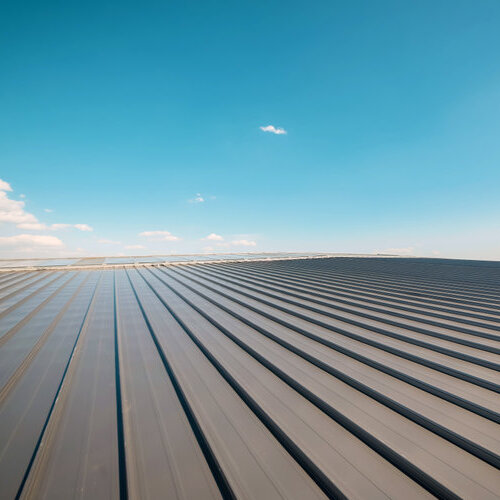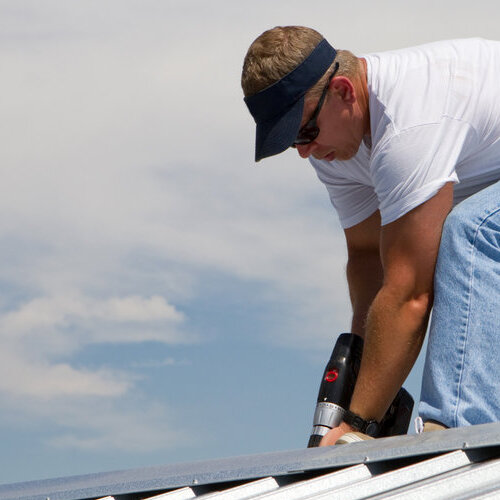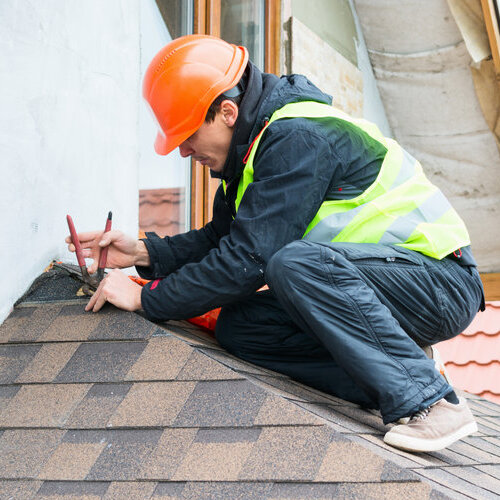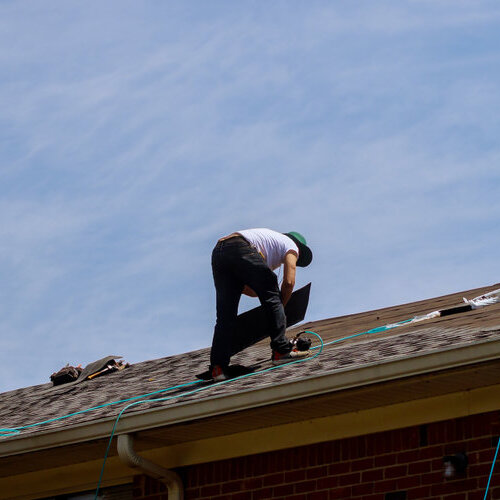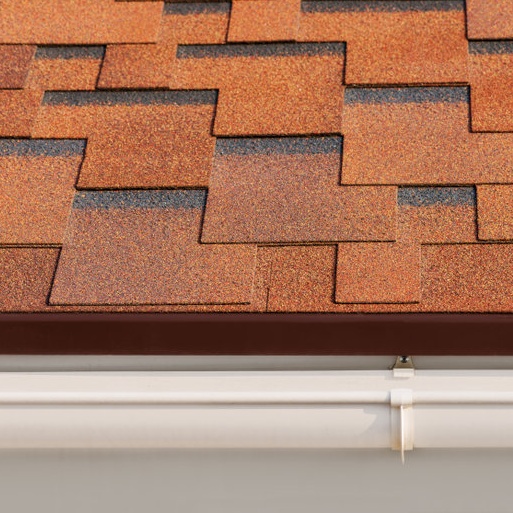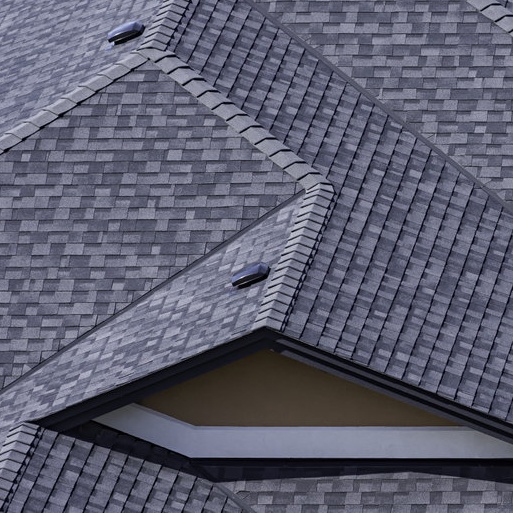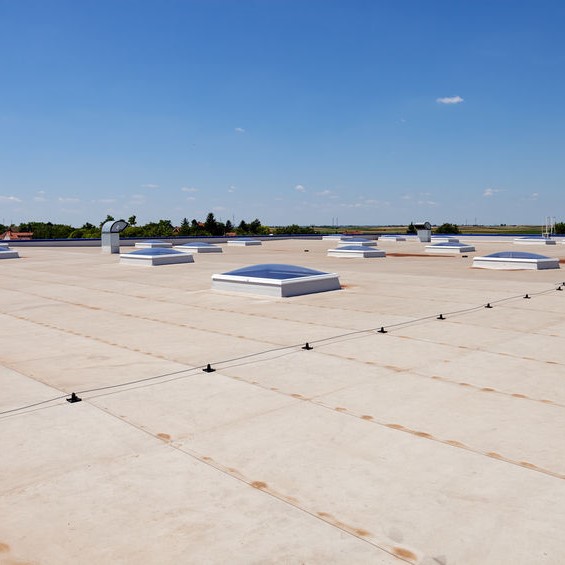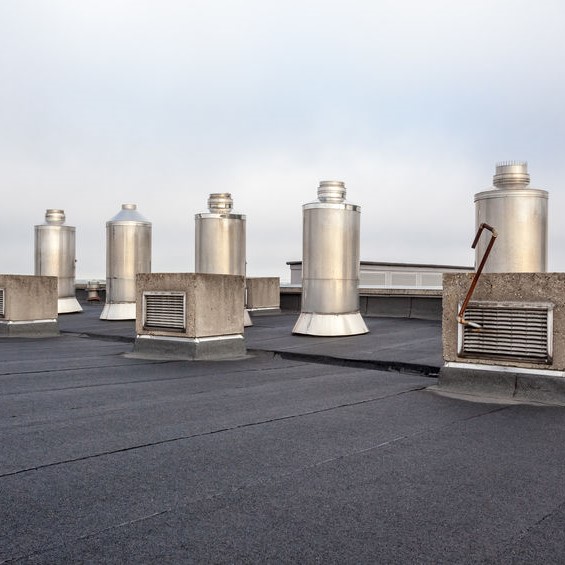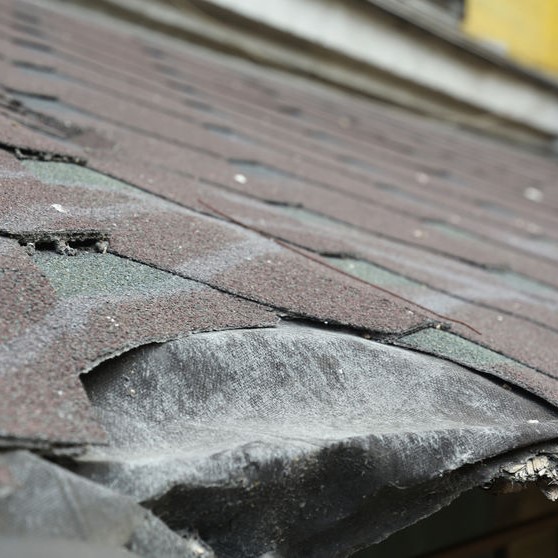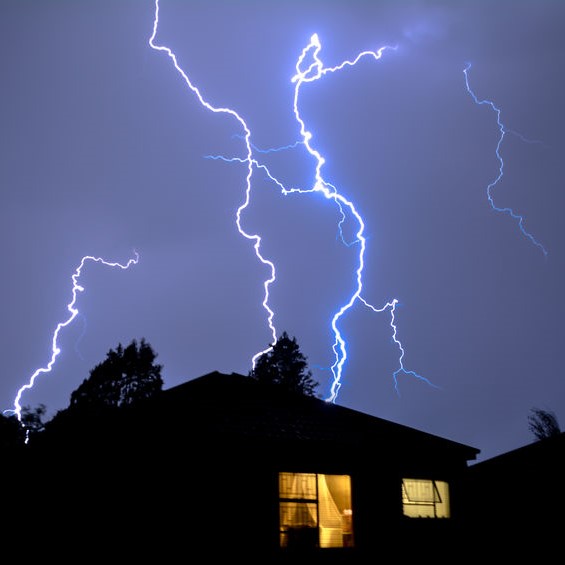
Understanding Hail and Its Impact
Hail can cause significant damage to roofs, leading to costly repairs and even the need for a complete roof replacement. Understanding the size of hail that can damage your roof is crucial for homeowners and property managers to take preventative measures and act quickly after a storm.
Hail Size Categories
Hailstones come in various sizes, each with the potential to cause different levels of damage. Here are common hail sizes and their typical impact on roofs:
Pea-Sized Hail (Up to 1/4 Inch)
Pea-sized hail is the smallest category and generally does not cause significant damage to roofs. However, it can contribute to wear and tear over time, especially if the roof is already aged or in poor condition.
Marble-Sized Hail (1/2 Inch)
Marble-sized hail can cause minor damage, such as small dents or chips in roofing materials. While this size of hail may not lead to immediate problems, repeated exposure can degrade the roof’s integrity over time.
Dime to Nickel-Sized Hail (5/8 to 3/4 Inch)
Hailstones in this range can begin to cause noticeable damage to roofing materials, including bruising of shingles, cracks, and granule loss. This size is significant enough to warrant a roof inspection after a storm.
Quarter-Sized Hail (1 Inch)
Quarter-sized hail is the threshold where noticeable damage typically starts. It can cause dents in metal roofing, cracks in shingles, and significant granule loss, which can compromise the roof’s protective qualities.
Golf Ball-Sized Hail (1.75 Inches)
Golf ball-sized hail can cause substantial damage, including punctures in shingles, cracks in tiles, and dents in metal roofs. Roofs exposed to hail of this size often require professional repair and assessment.
Larger Hail (2 Inches and Above)
Hailstones larger than 2 inches can cause severe damage to all types of roofing materials. They can puncture roofs, shatter tiles, and cause severe dents in metal roofing. Immediate inspection and repair are crucial to prevent further damage.
Factors Influencing Hail Damage
While hail size is a significant factor, other elements can influence the extent of roof damage:
Roof Material
Different roofing materials respond differently to hail. For example, metal roofs might dent but not crack, while asphalt shingles can crack and lose granules. Knowing your roof material’s susceptibility helps in assessing potential damage.
Roof Age
Older roofs are more prone to hail damage. As roofing materials age, they become more brittle and less able to withstand impact. Regular maintenance and timely replacement can mitigate this risk.
Wind Speed
High wind speeds during a hailstorm can increase the impact force of hailstones, leading to more severe damage. Wind-driven hail can strike at angles, causing unexpected areas of the roof to be affected.
Inspecting for Hail Damage
After a hailstorm, inspecting your roof is crucial to identify and address damage promptly. Look for visible signs such as dents, cracks, and granule loss. It’s often best to hire a professional roofing contractor to conduct a thorough inspection and provide an accurate assessment.
Preventative Measures
While you cannot control the weather, there are steps you can take to protect your roof from hail damage:
Impact-Resistant Roofing Materials
Consider using impact-resistant roofing materials that are designed to withstand hail impact. These materials can offer additional protection and potentially lower insurance premiums.
Regular Maintenance
Regular roof maintenance, including inspections and repairs, can keep your roof in good condition and better able to withstand hailstorms. Addressing small issues before they become big problems is key to extending your roof’s lifespan.
Seasonal Roof Checks
Conduct seasonal roof checks, especially before and after storm seasons. Clear debris, check for loose shingles, and ensure gutters are clean to prevent water buildup that can weaken the roof structure.
Trimming Surrounding Trees
Trimming trees near your home can prevent branches from breaking off during a hailstorm and causing additional damage to your roof. This proactive step can minimize the risk of impact from falling debris.
Reinforcing Roof Structures
For homes in hail-prone areas, reinforcing roof structures can add an extra layer of protection. Consult with a roofing professional about possible upgrades like roof coatings or additional support for vulnerable areas.
Conclusion: Be Prepared and Proactive
Understanding what size hail can cause roof damage helps homeowners and property managers take proactive steps to protect their properties. By knowing the potential impact of different hail sizes, conducting regular roof maintenance, and using durable materials, you can minimize the risk of damage and ensure your roof provides lasting protection. If your area experiences a hailstorm, don’t wait—schedule an inspection with a professional roofing company to safeguard your home.
Right now is the best time to give us a call if you are experiencing storm damage on your roof system. Call us today at 816-896-4195 if you need roof hail damage repair in Grain Valley and Kansas City, MO.
